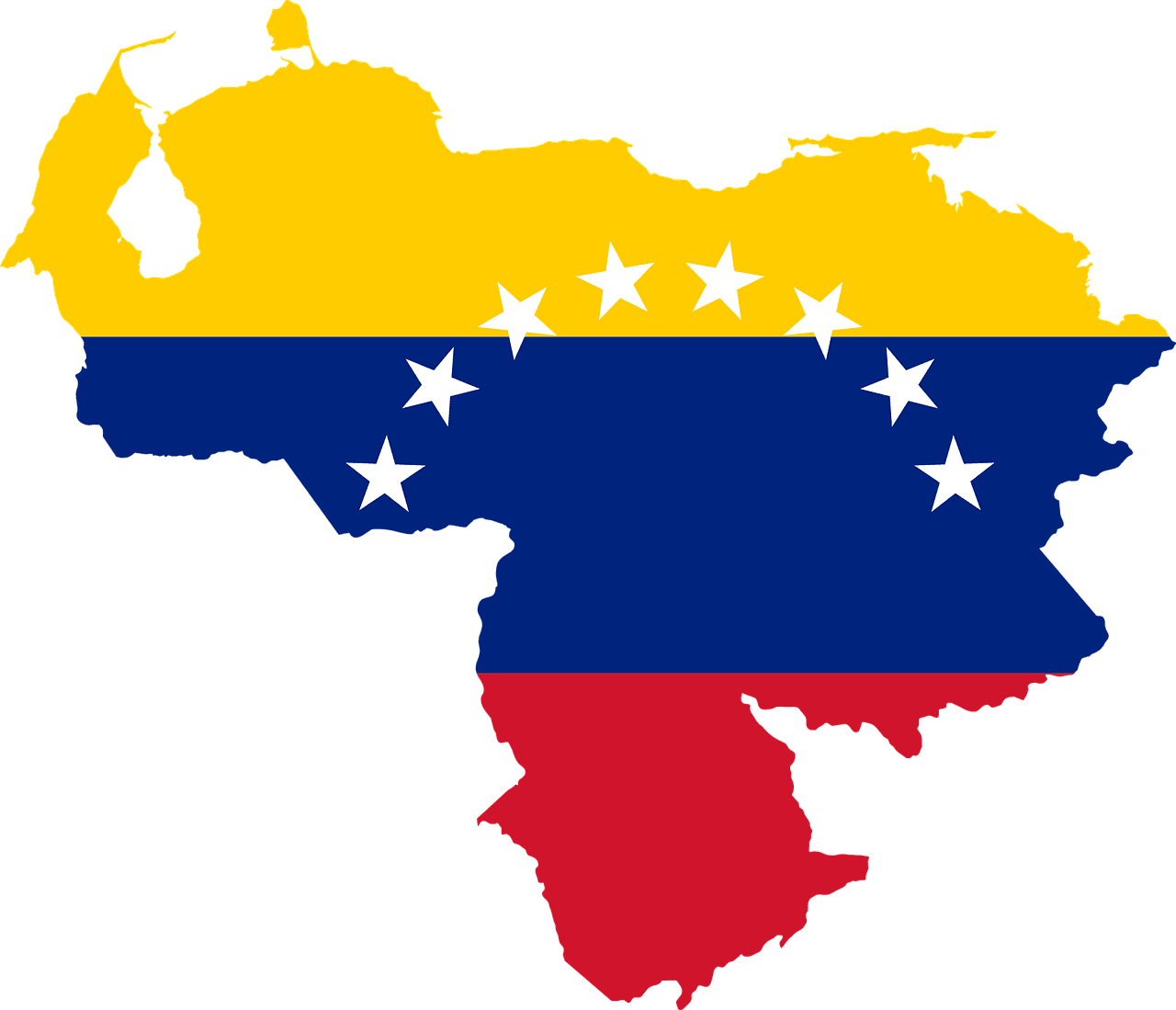As Venezuela teeters on the edge of collapse, other nations around the world would do to take note. We’re seeing an increasing number of articles speaking out about the dangers of socialism, including this one from Fox News and this interview with a man who was born in Venezuela and learned the dangers firsthand.
Venezuela’s credit rating remains C stable
Moody’s and other firms have also issued a series of notes about the Venezuela crisis, and one topic we’re starting to see more and more is the danger of nationalizing a nation’s core industry. That’s exactly what Venezuela did with its oil industry, and production has plunged since it happened.
In a recent note Moody’s Senior Credit Officer Jaime Reusche and team updated the firm’s position on Venezuela’s credit rating, which remains at C stable. The rating reflects the nation’s missed interest and principal payments on market debt since November 2017.
Venezuela faces several major problems, according to Moody’s: “(1) a large external funding gap and severe shortages of foreign exchange because of a very high dependence on declining oil revenue; (2) large macroeconomic imbalances and relative price distortions; (3) poor governance indicators and lack of transparency on economic data and inflation performance, which reflect weak institutions; and (4) elevated sociopolitical tensions.”
Dependence on oil
The Moody’s team believes Venezuela’s policy framework has crippled the productive capacity of the economy, and we are seeing that in several ways.
They did adjust their view on the nation’s economic strength from “Very Low” to “Low” to reflect the “moderate” size of its economy, excluding the current distortions. They also note that Venezuela is sitting on a wealth of oil and once was a rich country despite its strong dependence on oil and a severe recession.
“Collapsing production and the large macroeconomic imbalances continue to depress economic activity,” they wrote.
Due to plunging oil production, the Venezuelan economy “remains in free fall,” they argue. There seems to be no end to the economic contraction in sight. The nation’s economy has been suffering from falling inflows of hard currency since 2014, resulting in “an acute scarcity of foreign exchange due to rigid capital controls, exchange rate misalignment and declining oil revenue,” they added.
“Extraordinary destruction of wealth”
They expect the Venezuelan economy to contract in nearly double digits this year after last year’s estimated 8% contractions. They also note that the nation hasn’t released official economic data in years, so estimates of its contraction range widely with a high margin of error. However, what is clear is that the nation is it is experiencing its longest contraction ever, they add, due to disruptions to its “productive base and a collapse in consumer spending.” In fact, they believe Venezuela is going through a period with “extraordinary destruction of wealth.”
Moody’s traces a major part of the nation’s problems to its oil industry and warns that the oil situation could be about to get even worse. Venezuela depends on imported naphtha, a diluent used in its oil production, which the government-run Petroleos de Venezuela mainly gets from its U.S. refining subsidiary, Citgo. Moody’s predicts that these shipments from Citgo are likely to come to an end due to new U.S. sanctions. In addition to seeking a new source for naphtha, Venezuela must also redirect almost half of its oil exports, which have been imported to the U.S.
The Moody’s team describes the nation’s economic outlook as “bleak,” adding that meaningful stabilization measures are unlikely until President Nicolas Maduro is ousted.
Reuters goes so far as to describe Venezuela’s economy as “increasingly primitive amid a hyperinflationary meltdown.” Citing sources within the finance sector, the news agency reports that the Venezuelan central bank has resorted to using “piles of cash” instead of electronic transfers to sell foreign currencies to local banks. Because foreign banks are unwilling to conduct transactions linked to Venezuela, the nation’s central bank can’t conduct these types of currency exchange operations via wire transfers any longer.
Believe It Or Not, Venezuela Isn’t The Worst Case Of Hyperinflation yet
Moody’s also discusses the rampant hyperinflation, which it said illustrates the “failure” of Venezuela’s economic model, which includes nationalization of its core industry, oil. Although the oil industry was nationalized in the 1970s, multiple sources cited by Wikipedia, including Venezuelanalysis, trace the first serious problems to between 2004 and 2010 when the national oil company began to focus on social development projects and assistance for allies of the Venezuelan government. Inflation started increasing rapidly in 2014, and then it reached triple digits in 2015. The International Monetary Fund now estimates inflation in the nation at 10 million percent by the end of this year.
“Continued monetization of public sector deficits and the pass-through from a rapid weakening of the parallel exchange rate, along with the aforementioned distortions that crippled production and led to widespread shortages of goods, will continue to feed hyperinflation, Moody’s warned.
Despite the extreme levels of hyperinflation, the firm adds that Venezuela isn’t even the worst case in history yet. They referenced a Cato Working Paper from Steve H. Hanke and Nicholas Krus in 2012. The paper included this chart. The chart reveals that, based on peak monthly inflation as of April 2018, Venezuela is only the 22nd worst case of hyperinflation, excluding the Free City of Danzig, so far in history. Moody’s estimates Venezuela’s peak monthly inflation at 234% in April.




